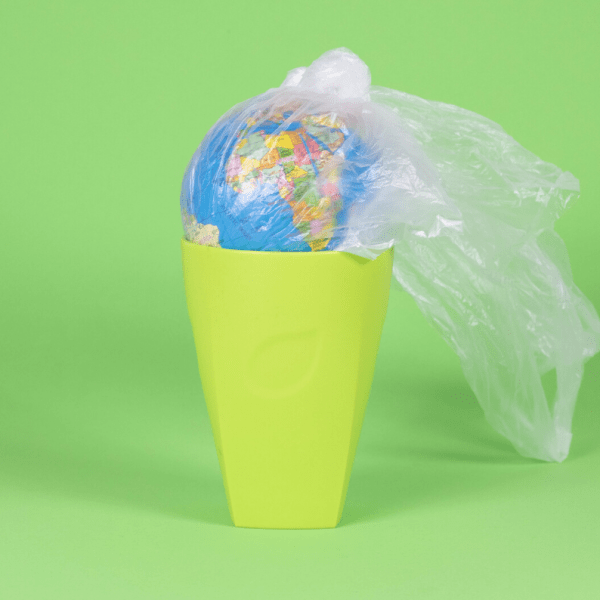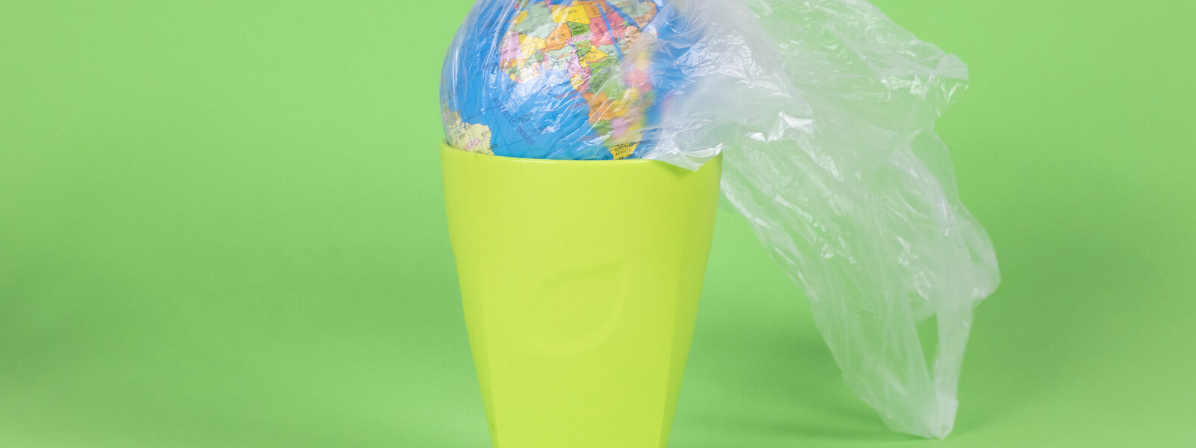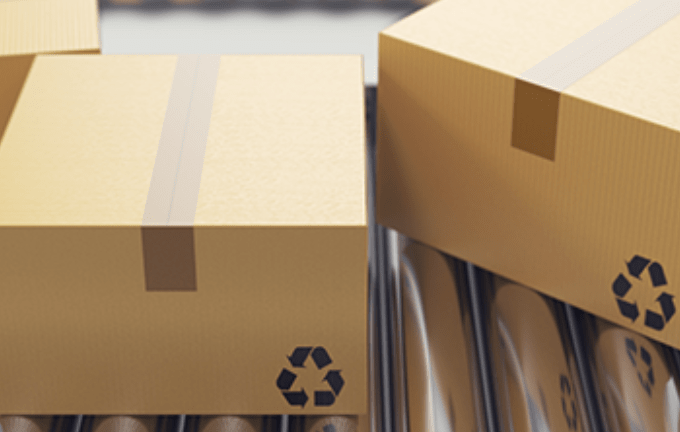No products in the cart.
Pertaining to the packaging industry servicing the food , beverage and confectionery industries at the Industrial, manufacturing, wholesale, retail and consumer level.
The Plastic Ban in Maharashtra is nowhere close to success 18 months after it was ushered in.
Maharashtra’s plastic ban came into effect in March 2018. Yet, most items on the banned list are still available in the market and the key elements of the ban, including a collection and recycling mechanism for PET bottles and a buyback scheme for milk pouches, are yet to fully implemented.

The authorities had started implementing the ban with great enthusiasm but were unable to sustain the momentum. Bottle Manufacturers were not offered any incentives to set up Recycling Plants. An increase in production cost and lack of alternatives were also not taken into account while finalising the policy. Availability and cost of cloth bags still remains an issue, Paper bags do not carry as much weight, and do not work well if they get wet (In rainy season). It is only plastic that offers the Air Tight characteristic for food, which means the food which is packed completely sealed and leak proof, it will not be contaminated as it is not in contact with outside air. It is also the only element which allows transparency, where the customer can see the food before buying it, perhaps also be tempted to buy it. A key reason, why the ban has failed is the lack of alternatives.
Plastic, in our industry is mainly divided into 6 types
The manufacturer would usually state, whether the final product can be put in microwave for re-heating purpose, or it can be stored in deep freeze for usage at a later time. (Depends on which Grade or Composition of Raw Material is used)
The usage of the 6 types of plastic in our industry, in Concise and amateur terms
- PP (PolyPropylene) Plastic – These are the containers which we receive when we call for take away food (To pack Rice, Dal, Noodle, Gravy) almost leak proof and air tight, works great for deliveries.
- PET (PolyEthylene Terephthalate) Plastic – Ideal use is to make water bottles, juice bottles, hinge boxes for Dry fruits and Farsan, Punnets for Fruits and Vegetables, Trays for the Food and Confectionery industries.
- PVC (PolyVinyl Chloride) Plastic – Most common uses include, Trays for the confectionery industry (inner trays used in biscuits), professional moulds of chocolates, chocolate packaging.
- PS (PolyStyrene Plastic) – Primarily found at the dessert counter, used for Mousse, Tiramisu, Jelly, etc Used as display in Buffets and in Bakeries.
- HIPS Plastic – Dairy packaging, Meat Trays, Egg Cartons, Packaging in Over the counter sales of Cold Foods.
- PolyEthylene (PE) – Used to make Plastic Bags, PE Lining inside all paper glasses and paper tubs, so that the glass or tub does not get soggy.
We do have substitutes in our current market, to replace plastic where possible,
- Paper – Used to make boxes, trays, bags, straws, food wrapping paper, tissues, glasses, tubs, baking cups.
- Aluminium – Used to make foils to wrap food, containers, few baking cups.
- Bagasse (SugarCane Residue) – Used mainly to make Tableware, Plates Bowls Cups,
- Glass – Jars used for packing Honey , Pickle, Desserts, Bottles used packing Milkshakes and Juices.
- Tin – Used to make boxes of Sweets, Chocolates, Cookies, Dry Fruits.
Main disadvantages of above products compared to plastic are
- Air Tight Quality – It is only, plastic, that will give the product air tight, completely sealed and leak proof quality. A quality which is needed by a major share of the industry, where foods have to be consumed at a later time, cold foods, meat and poultry, Biscuits, Chips.
- Cost – Plastic is most economic, Once the Dye is ready
- Transparency – Only plastic can offer the see through trait, where the customer can see the food before buying, and perhaps be tempted to buy it.
Main advantages of above products compared to plastic are:
- Made from Renewable Resources – A renewable resource is a resource which can be used repeatedly and replaced naturally. Renewable energy almost never runs out.
- Bio – Degradable – Capable of being decomposed into the environment and thereby avoiding pollution.
- Compostable – To be certified compostable, a product must break down within 90 Days in industrial food waste recycling facilities.
- Lower Carbon Footprint – Plants not plastic means less CO2
- Highly Recycled Content – This product uses recycled content, saving virgin materials.



